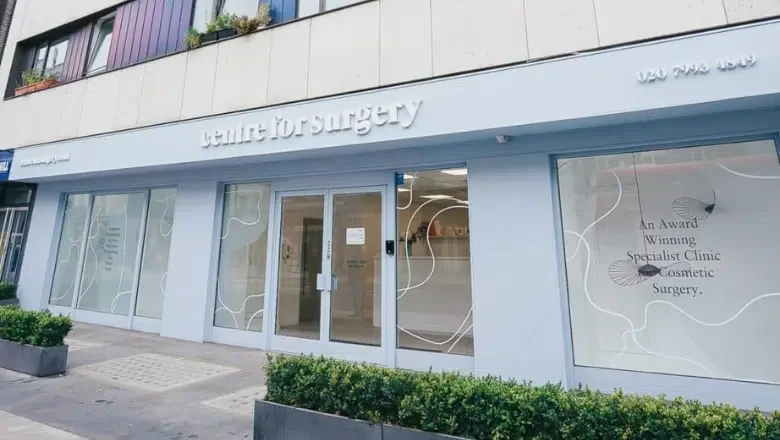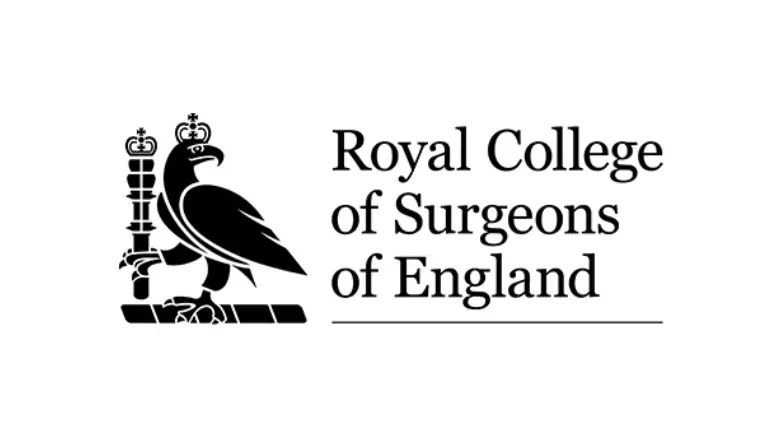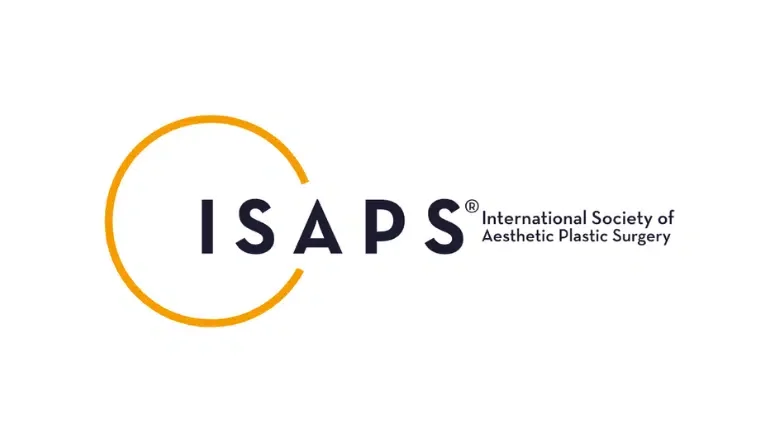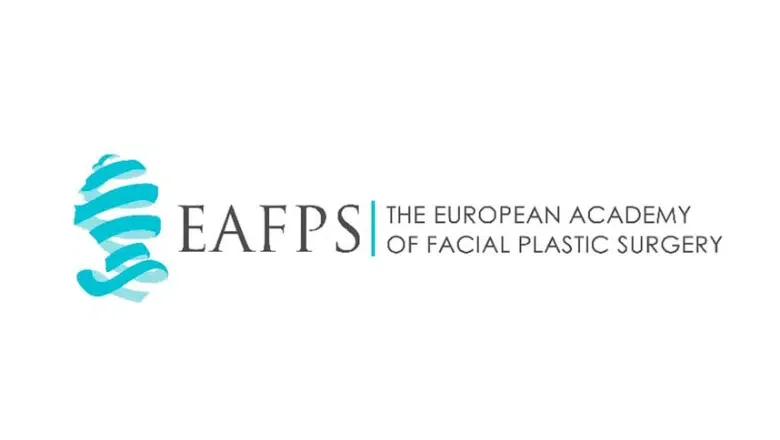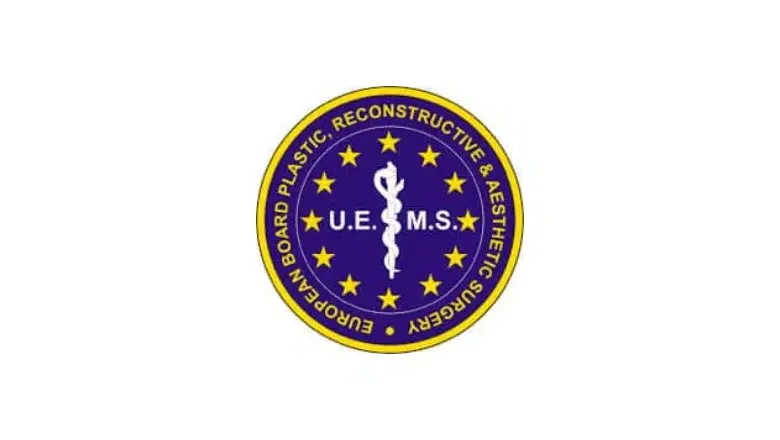Almond Eye Surgery & Canthoplasty London & UK
Lateral canthoplasty is a cosmetic procedure often combined with blepharoplasty that aims to correct the outer edge of the eye, creating a more lifted and elongated appearance. The outer angle of the eye, known as the lateral canthus, plays a crucial role in determining the shape of the eyes. If tilted downwards, it can make you appear sleepy and tired, while an excessively outward tilt can make your eyes look narrow.
Lateral canthoplasty, also known as almond eye surgery, is designed to reposition the tendons that shape the outer eye corner, lifting the outer corner of the eye and creating a more beautiful and youthful appearance. This procedure is often performed with blepharoplasty, another popular eyelid surgery.
At Centre for Surgery, we have a team of expert plastic surgeons who specialise in oculoplastic surgery, including lateral canthoplasty. Our surgeons have extensive experience performing this procedure and are committed to delivering natural-looking results with minimal surgical risks, including asymmetry or overcorrection.
We understand that every patient is unique, and we work closely with each individual to create a personalised treatment plan that addresses their specific needs and goals. Our state-of-the-art facilities and advanced surgical techniques ensure that our patients receive the highest level of care and achieve their desired outcomes.
If you are interested in lateral canthoplasty or other eyelid surgery procedures, contact us to schedule a consultation with one of our expert plastic surgeons.
What is Canthoplasty - Almond Eye Surgery?
Almond eye surgery, also known as canthoplasty, is a type of eyelid surgery that is designed to surgically lift the outer corner of the eye, also known as the lateral canthus. Surgically elevating the lateral canthus helps to make the eyes appear more youthful. The lateral canthal tendon helps support the outer aspect of the eye, and its anatomy and direction contribute to the appearance of the outer part of the eye. The lateral canthus may have one of three positions:
- Upward tilt – the lateral canthus is pointed upwards
- Neutral tilt – the outer eye points horizontally
- Downward tilt – The corner of the outer eye points inwards and downwards
The surgeon surgically alters the size and position of the lateral canthal tendons as part of canthoplasty surgery to alter the outer aspect of the eyes. A lateral canthoplasty is commonly combined with an upper or lower blepharoplasty to treat hooded or droopy eyelids.
RELATED: What are the benefits of eyelid surgery?
Canthoplasty vs Canthopexy
Lateral canthoplasty and canthopexy are both designed to adjust the position of the outer angle of the eye. A canthoplasty procedure is considered more surgically invasive, as it involves the division of the lateral canthal ligaments, followed by shortening, lengthening, or repositioning. Canthopexy does not include cutting the lateral canthal tendon; the tendon is simply altered in position and secured with stitches to achieve the desired level of slant.
For patients who want to achieve subtle results, a canthopexy may be suitable if only minor adjustments are needed to the corner of the eye. Canthoplasty is better suited for patients who want to improve the shape of the outer eyes and is designed to achieve an almond-shaped eye appearance. Almond-shaped eyes are considered aesthetically pleasing, as they make people appear more refreshed and rejuvenated.
What are the Benefits of Canthoplasty Surgery?
Almond eye surgery, also known as canthoplasty, offers several benefits and is one of our most popular eyelid surgery procedures at the Centre for Surgery. It is commonly combined with upper and lower blepharoplasty surgery.
Lateral canthoplasty benefits include:
- Increasing the size of the eyes helps to eliminate a fatigued and sleepy appearance.
- Upward, slanting eyes with a youthful almond shape.
- Help to reduce excessive upward slanting in patients of Far Eastern descent.
- It helps people to appear more energetic and refreshed.
- It can help to correct structural problems affecting the lateral canthal tendon.
Almond eye surgery is regarded as one of the best eyelid surgery procedures for enhancing the shape of the eyes, offering a quick and minimally invasive approach.
Am I suitable for almond eye surgery?
Canthoplasty surgery is designed to correct the shape of the outer eye and can address several concerns. The overall goal of a lateral canthoplasty is to achieve wider and youthful-looking eyes. An ideal patient for a surgical canthoplasty includes:
- Patients with downward slanting eye corners may appear fatigued and sleepy due to the smaller appearance of their eyes. Almond eye surgery can help adjust the outer eye corner so that it points upward. Upward slanted eyes have an almond shape and are considered an aesthetically desirable eyelid appearance.
- Some patients may have an excessively upward-pointing lateral canthus. Patients from the Far East commonly have this appearance. Surgery involves a minor correction of the outer angle of the eye, so that it points slightly inward, widening the eyes and creating an almond-shaped appearance.
- Many people may develop droopy eyelids as part of the natural ageing process. When an eyelid lift, also known as a blepharoplasty, is combined with canthoplasty, the eyes can be made to appear wider, resulting in a more youthful appearance.
Canthoplasty surgery can be performed for several reasons, depending on the patient’s aesthetic goals. The procedure is customised to the needs of the individual patient, with some patients requiring a minor canthopexy to fine-tune the position of the outer eyes and others requiring a lateral canthoplasty combined with a blepharoplasty to achieve significant results.
Lateral Canthoplasty Procedure
Canthoplasty is most commonly performed under local anaesthesia, although a general anaesthesia may be recommended, particularly when combined with upper or lower blepharoplasty. With the local anaesthetic option, you will be awake throughout the procedure but will not experience any discomfort due to the injection of local anaesthetic. Lateral canthoplasty is an outpatient procedure, which means you can go home later the same day once you have recovered from the effects of the anaesthetic.
Upon arrival on the day of your surgery, you will be admitted by a member of our nursing staff. When you are taken to our operating theatre, you will be asked to sit comfortably with your head supported in a gel cushion. The surgeon will then clean the area around your eyelids and apply sterile drapes to maintain a clean operating field. The eyelids will be marked before local anaesthetic injection into the eye’s outer corner. A mild stinging sensation which lasts no more than a few seconds is normal and will be followed by complete numbness. The surgeon will then make a small incision positioned at the lateral corner of the eye. The incision may be extended to the upper or lower eyelid if blepharoplasty surgery is combined with the procedure. The surgeon first identifies the lateral canthal tendon. The tendon can be shortened or lengthened with repositioning, depending on the desired outcome. This will help to achieve the desired level of tilt of the outer eye. Once the tendon has been surgically fixed in position, the incisions will be closed with dissolvable stitches. The surgeon will then perform eyelid surgery if this is part of the procedure. The incisions will be covered with a sterile dressing, and your eyes will be irrigated with a sterile saline solution. You can then open your eyes. Almond eye surgery takes approximately 1 to 2 hours, depending on the extent of surgical correction and whether the procedure is combined with a blepharoplasty.
Recovery after Almond Eye Surgery
Canthoplasty is a minimally invasive procedure with limited surgical dissection, so the recovery process is quick and straightforward. Most patients can fully recover within 2 to 3 weeks after surgery. More extensive surgical correction, especially when combined with a blepharoplasty or a brow lift, may require a more extended recovery period. You should expect a recovery period of up to 4 weeks if the procedure is combined with a lower blepharoplasty.
Common side effects after lateral canthoplasty include:
- Bruising and swelling around the eyes
- Temporary blurred or double vision
- Sensitivity to light
- Burning or gritty sensation in the eyes
- Excessively watery eyes
- Itchy eyes
- Mild discomfort
Most symptoms will disappear within 7 to 10 days and be entirely resolved within four weeks. Most patients can return to work after a few days. However, it is essential to remember that swelling and bruising may still be noticeable up to 2 weeks after surgery.
Bruising and swelling can be helped to disappear quickly with the intermittent application of cold packs after surgery. We would also recommend wearing appropriate sunglasses to protect the healing areas from excessive sunlight and minimise the appearance of bruising during the first couple of weeks.
What are the potential risks and complications of almond eye surgery?
When performed by a specialist plastic surgeon, lateral canthoplasty is a safe procedure with minimal risk of complications. As with any surgical procedure, there are certain risks to be aware of when considering having canthoplasty surgery in London:
- Eye asymmetry.
- Excessive scarring.
- Surgical wound infection.
- Bleeding and haematoma formation.
- Eye irritation.
- Difficulty in closing the eyes fully if the tissues are excessively tightened
- In rare cases, a potential visual disturbance may occur.
Choosing a specialist oculoplastic surgeon helps reduce the risk of these complications. Centre for Surgery is home to some of the most experienced consultant plastic surgeons in London, UK. Our surgeons have continuously refined their canthoplasty techniques to produce almond-shaped eyes with minimal surgical risks and complications.
How much does Almomd Eye Surgery cost?
The cost of canthoplasty, also known as almond eye surgery, will be determined by several factors, including the extent of surgical correction required, the type of anaesthesia, the combination with other procedures such as blepharoplasty, and where the procedure is performed. Once you have had a face-to-face consultation with a surgeon, you will be seen by your dedicated patient coordinator to give you a detailed quotation. The quote will include the surgeon’s fee, anaesthetist’s fee, facility fee and other costs. All postoperative after-care visits are included in the cost of your procedure. For an estimate of a canthoplasty price in London, please call us today on 020 7993 4849 or complete the contact form below.
How to finance your surgery
Centre for Surgery is an approved partner of Chrysalis Finance. Chrysalis Finance is the leading provider of specialist medical loans in the UK. We offer a full range of finance options, including 0% finance for eligible applicants. Contact us today to explore financing options for your procedure.
RELATED: Finance Options
Is almond eye surgery worth it?
Eyelid surgery can result in a significant improvement in the appearance of your eyes. People can achieve a youthful and refreshed appearance with a simple surgical procedure, yielding permanent results. People can look forward to significantly boosting their self-confidence and emotional well-being by eliminating the constantly tired and sleepy appearance, which may have been a source of concern for many years.
RELATED: Is eyelid surgery worth it?
Medical References:
What procedures can be combined with a canthoplasty?
Almond Eye Surgery at Centre for Surgery
FAQs
-
What is almond eye surgery?Almond eye surgery, also known as lateral canthoplasty, is a cosmetic procedure designed to reshape the outer corners of the eyes to create an almond-shaped appearance. The procedure involves making small incisions in the outer corners of the eyes and tightening the tissues around the area to create a more elongated and lifted appearance.
The procedure is particularly popular among Asian patients, as it can help create a more Westernised appearance to the eyes. However, almond eye surgery is also performed on patients of other ethnicities who desire a more lifted and elongated appearance to the eyes.
Almond eye surgery can be performed under local anaesthesia, and the recovery time is typically minimal. The procedure can provide long-lasting results and can enhance the overall appearance of the eyes and face. -
Does almond eye surgery make the eyes bigger?Canthoplasty is designed to surgically reshape the outer corner of the eyes. The lateral canthus can be widened, which helps to increase the surface area of the eyes visible when the eyelids are open. This makes the eyes appear bigger and refreshed.
-
What is the difference between blepharoplasty and canthoplasty?Canthoplasty, also known as almond eye surgery, is designed to surgically alter the lateral angle of the eye. The surgeon reconstructs the lateral canthal tendon to change the angle of tilt of the outer eyes. Blepharoplasty involves surgery on the eyelids. The eyelid skin and underlying fat are surgically removed, which may be combined with the tightening of the eyelid muscle to rejuvenate the eyelids. Eyelid surgery does not involve adjusting the angle or position of the outer aspect of the eyes.
-
How long does a canthoplasty last?The surgery results can last for over ten years, although the ageing process will cause the eyelids to droop over time. A further canthoplasty procedure can be undertaken to enhance the results if required.
-
Can a canthoplasty be reversed?With appropriate techniques, the results of canthoplasty can be reversed, especially when there is eye asymmetry resulting from a previous canthoplasty or may have been a pre-existing feature before any surgery.




